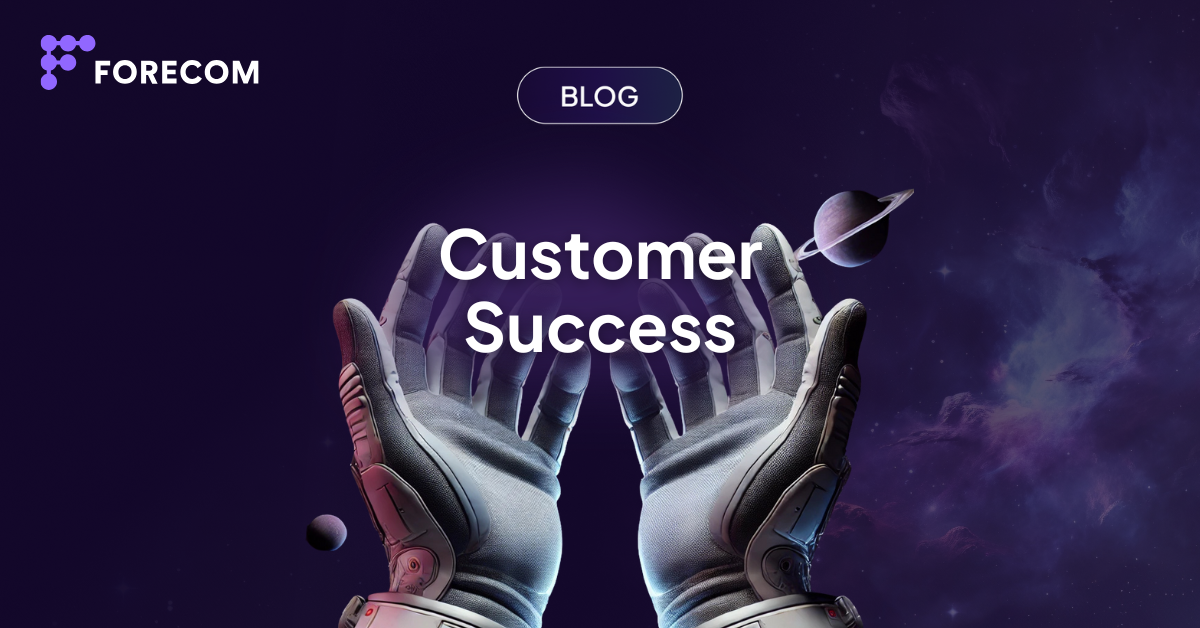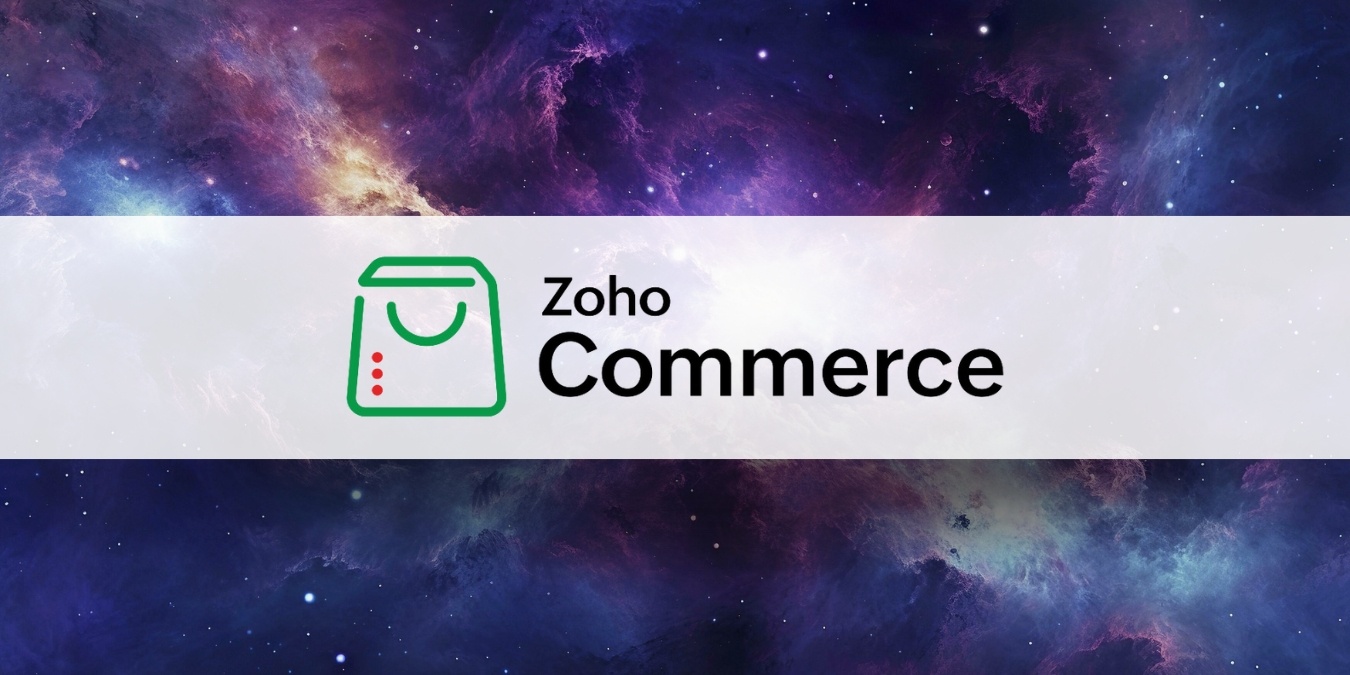In this blog post, we will dive into the world of content marketing for lead generation. We will explore why content marketing is essential for generating leads, how to understand your target audience, and how to develop a content strategy that aligns with your business goals.
Content
Defining Your Content Strategy
Introduction
Content marketing has become an essential aspect of modern-day digital marketing, particularly when it comes to lead generation.
In today's digital age, businesses are constantly competing for the attention of potential customers. With millions of businesses vying for attention on different platforms, it is becoming increasingly difficult to stand out from the crowd.
However, a great content marketing strategy may help you combat this situation.
What Is Content Marketing?
Let's first establish what content marketing is:
-1.png?width=583&height=129&name=Forecom%20quotes%20(11)-1.png)
It is designed to inform, educate, and entertain potential customers while positioning your business as an expert in your industry.
When done correctly, content marketing can be a great differentiating tool for generating leads and nurturing them into loyal customers.
Understanding Your Audience
Before you start creating content, it is crucial to understand your target audience. The more you know about your audience, the better you can tailor your content to their needs and interests, which ultimately increases the chances of generating leads.
But how can you get to know your audience?
Here are a few strategies to help you get started:
1. Conduct Market Research
Market research can help you identify your target audience and understand their preferences, behaviors, and needs. You can use various methods like surveys, focus groups, or social media monitoring tools to collect data about your audience.
There are countless tools that track what's happening with your audience on social media for you. The good news is that you can try them out for free, at least for a limited time. See, for example, Hootsuite, Brandmentions, or Meltwater.
2. Develop Buyer Personas
The buyer persona is a fictional representation of your ideal customer. It helps you visualize your audience and understand their challenges, preferences, and behaviors.
To create a buyer persona, you can use a free tool from Hubspot, Make My Persona. Another great option for segmenting your target audience is the Twilio Segment platform. Make sure to apply the data gathered from your market research when using them.
3. Analyze Your Website Analytics
If your website is already up and running, website analytics can provide valuable insights into your audience's behavior. You can use tools like Google Analytics, Mixpanel or LeadHub to track your website visitors' demographics, interests, and behavior to understand their needs better.
Understanding your target group is the first, and most important, step of any marketing strategy. Clearly defining your target audience ensures that you spend your resources on consumers that are most likely to buy from you.
Effective Content Types
Before we jump into the meat and potatoes of crafting the content strategy, let's first look at some of the most effective content types that are worth exploring:
1. Blog Posts
Blogging is one of the most popular forms of content marketing. And understandably so, as it is relatively easy to produce, yet brings results in the long run. The key is to focus on writing captivating blog posts that help customers solve challenges specific to your industry.
It is a great way to showcase what you know, attract organic traffic, and rank higher in search engines (at least if you make sure to follow best SEO practices).
2. Webinars
Webinars are live or pre-recorded presentations that provide value to your target audience. You can get people's contact information by hosting a webinar, making it easier to turn them into leads and build trust from the beginning.
It may be tricky to host a webinar, but if you manage to make it a valuable experience, you will find leads pouring right in.
3. Case Studies
Case studies are detailed stories that showcase how your business helped a client overcome a problem or achieve a specific goal. By creating case studies that highlight the benefits of working with your business, you can motivate others to give your firm a go as well.
4. Videos
Videos are another popular form of content marketing. If done right, they are engaging and easily sharable, making them an ideal channel to reach a wider audience.
5. Infographics
Infographics are a great way to present complex information in an easy-to-digest format. Visually appealing infographics with simple text go a long way with pretty much any target audience. On top of that, you can include them in your email newsletters, post them on social media or put them in your blog post.
6. Ebooks
Ebooks are longer-form content pieces that provide in-depth information on a specific topic. They can help you generate more leads by offering a big reason for prospects to provide their contact information in exchange for the valuable content you provide.
By creating ebooks that address pain points and offer solutions, you can position your business as a valuable resource that leads will turn to when they need your skills and expertise.
Despite the fact that content marketing may take time to bring results, it is well worth the effort if executed with care.
After all, DemandGen reports that 44% of their study respondents say they typically consume three to five pieces of content before engaging with a vendor. For this reason, no matter what kind of content you choose to invest your time and money in, it is of foremost importance to focus on quality and consistency.
Defining Your Content Strategy
Once you've defined your target audience, the next step is to draft your content strategy. Your content strategy is a plan that outlines how you'll use content to achieve your business goals.
It includes everything from the type of content you'll create to the channels you'll use to distribute it.
This guide will help you craft your own strategy in no time:
1. Define Your Goals
Your content strategy should align with your business goals. For example, if your goal is to increase website traffic, your content strategy should focus on creating content that attracts and engages your target audience. In practice, this may look like writing blog posts and sharing them on your social media profiles.
If your goal is to generate leads, your content strategy should focus on creating content that encourages your audience to take action (like sign-up for a newsletter in exchange for downloading a free ebook).
2. Choose Your Content Types
We already mentioned the most popular content types for lead generation. The most important part here is to choose the content types that best align with your goals and resonate with your target audience.
3. Pick Your Promotional Channels
When it comes to promoting your content, there are several effective channels to consider. Social media platforms like LinkedIn, Facebook, Instagram, and Twitter can help you reach and engage with your target customers.
Paid advertising is another powerful tool that can increase your reach and attract new prospects, especially if you're still building your following.
Lastly, email marketing should not be overlooked, as it may help you effectively nurture leads and drive conversions.
4. Create a Content Calendar
A content calendar is a schedule that outlines when and where you'll publish your content. It helps you stay organized and consistent with your content creation and distribution efforts. You can use a tool like Google Calendar or Trello to create and manage your content calendar.
Here is an example of how one might look like:
-1.png?width=1731&height=842&name=Ivory%20and%20Neutral%20Monthly%20Social%20Media%20Content%20Calendar%20(3)-1.png)
5. Analyze The Results
The last step is to track and optimize your content strategy based on the results. Start with establishing metrics that will allow you to quantify the effectiveness of your strategy. You might use metrics like website traffic, engagement rate, conversion rate, and the number of leads you generate through your content.
Based on these, you can determine which tactics work best and which don't. This will enable you to focus on creating content that brings the highest return on investment.
It is important to note that a successful content marketing strategy requires endless monitoring, testing, and refining. That is why it is so crucial to evaluate the results in analytics tools like Google Analytics or Mixpanel, and use them to improve the effectiveness of your campaigns.
Conclusion
Content marketing is a must-have for businesses that want to generate leads and drive revenue.
If you succeed in creating valuable content that speaks to your target audience's specific needs, you can not only attract qualified leads, but also build brand loyalty, and establish yourself as a thought leader in your field.
To make the most of your content marketing efforts, define your audience, set goals, and choose content that aligns with your objectives. Promote your content through various channels like social media, paid ads, and email campaigns to reach your audience, and finally, use analytics to track your results and refine your strategy over time.
We guarantee that high-quality content goes a long way with any kind of customer.


















